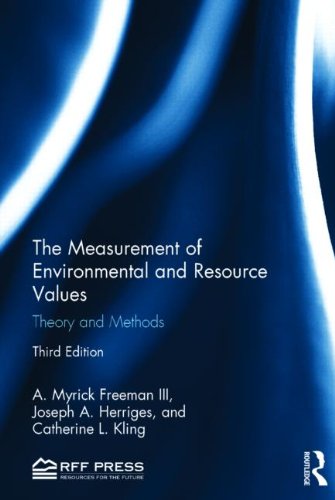

Most ebook files are in PDF format, so you can easily read them using various software such as Foxit Reader or directly on the Google Chrome browser.
Some ebook files are released by publishers in other formats such as .awz, .mobi, .epub, .fb2, etc. You may need to install specific software to read these formats on mobile/PC, such as Calibre.
Please read the tutorial at this link. https://ebooknice.com/page/post?id=faq
We offer FREE conversion to the popular formats you request; however, this may take some time. Therefore, right after payment, please email us, and we will try to provide the service as quickly as possible.
For some exceptional file formats or broken links (if any), please refrain from opening any disputes. Instead, email us first, and we will try to assist within a maximum of 6 hours.
EbookNice Team

Status:
Available4.6
35 reviewsThe first edition of this important work was the winner of the 2002 Publication of Enduring Quality award by the Association of Environmental and Resource Economists. The continuing premise for the book is that estimates of the economic values of environmental and natural resource services are essential for effective policy-making. As previous editions, the third edition, which includes two additional co-authors, presents a comprehensive treatment of the theory and methods involved in estimating environmental benefits.
Researchers, policy-makers, and practitioners will welcome the work as an up-to-date reference on recent developments. Students will gain a better understanding of the contribution that economics as a discipline can make to decisions concerning pollution control and human health, recreation, environmental amenities, and other critical issues concerning the way we use and interact with environmental and natural resource systems. To reflect recent progress in both the theory and practice of non-market valuation, the third edition includes more details on empirical approaches to measurement, expanded discussion of the reasons for divergence between "willingness to pay" and "willingness to accept compensation," and increased coverage of econometric issues encountered in estimation. In keeping with its cutting edge orientation, it also includes more discussion of survey design, equilibrium sorting models, and the implications of behavioral economics for welfare measurements and benefit cost analysis.